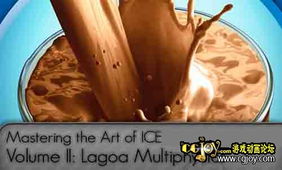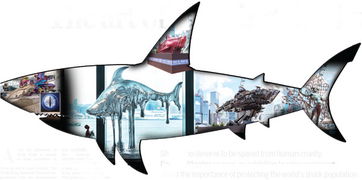Embarking on a fishing adventure can be both a relaxing and rewarding pastime. Whether you're a seasoned angler or a beginner, honing your fishing skills can significantly enhance your experience on the water. In this article, we'll delve into the essentials of fishing, providing you with a图文并茂的技巧介绍, to help you become a more proficient angler.
Understanding the Basics
Before we dive into the nitty-gritty of fishing techniques, it's crucial to understand the basics. Here are some fundamental elements to consider:
Equipment:
- Rod and Reel: The rod and reel combination should match the type of fishing you plan to do. For example, a spinning reel is great for freshwater fishing, while a baitcasting reel is better for saltwater.
- Line: The type of line you use depends on the fish you're targeting and the environment. Monofilament, fluorocarbon, and braided lines each have their advantages.
- Hooks: The size and type of hook should be appropriate for the fish you're after. Jigs, lures, and live bait can also be effective.
Bait and Lures:
- Natural Bait: Live bait, such as worms, minnows, or leeches, can be very effective.
- Artificial Lures: These can mimic the movement of natural prey and are often used in both freshwater and saltwater fishing.
Location:
- Fish Habits: Understanding the habits of the fish you're targeting is key. Fish may be found in different areas depending on the time of day, season, and water conditions.
Mastering the Art of Casting
Casting is a fundamental skill that can make or break your fishing experience. Here's how to improve your casting technique:
Proper Grip:
- Hold the rod with a relaxed grip, allowing the line to flow smoothly from your fingers.
- Avoid a death grip, as it can lead to tension and line twists.
Backcasting:
- Start by bringing the rod back over your head at an angle of about 45 degrees.
- As you bring the rod forward, release the line, allowing it to flow out in a controlled manner.
Forward Casting:
- Practice a forward casting motion by sweeping the rod forward, releasing the line at the end of the motion.
- Be mindful of your timing and the amount of line you're casting.
Tying Knots
Properly tying knots is essential for a successful fishing trip. Here are some essential knots:
Palomar Knot:
- Ideal for joining lines of different diameters.
- Start with a simple overhand knot, then form a loop in the tag end.
- Pass the tag end through the loop and pull tight.
Clinch Knot:
- Easy to tie and very strong.
- Form a loop in the tag end, then pass the tag end through the loop.
- Make several wraps around the standing part of the line and pull tight.
Locating and Catching Fish
Observation:
- Observe the water's surface for signs of fish activity, such as bubbles, ripples, or fish rising to feed.
Bait Placement:

- Position your bait or lure in the areas where you've observed fish activity.
- Experiment with different depths and presentations to see what works best.
Patience:
- Remember that fishing is a waiting game. Be patient and allow the fish to come to you.
Safety and Etiquette
Always prioritize safety and practice good fishing etiquette:
- Safety First: Wear a life jacket if you're in deep water or rough conditions.
- Respect the Environment: Dispose of trash properly and leave the area as you found it.
- Catch and Release: Consider releasing fish that are not of legal size or species, to maintain a healthy fish population.
Conclusion
Fishing is a skill that can be developed over time. By understanding the basics, mastering casting and knot-tying techniques, and observing fish behavior, you'll be well on your way to becoming a proficient angler. Remember to always prioritize safety and respect the environment, and enjoy the tranquility and rewards that fishing has to offer. Happy fishing!












